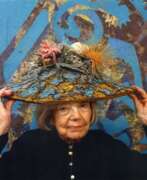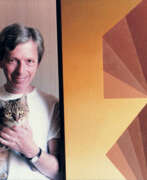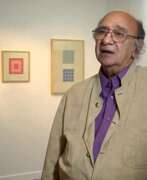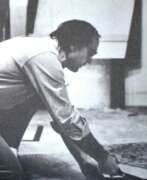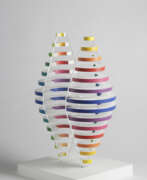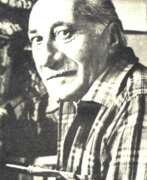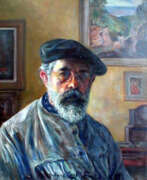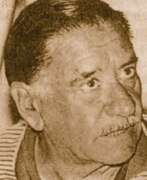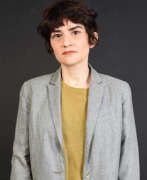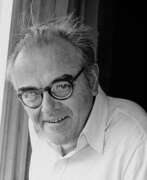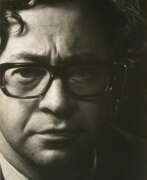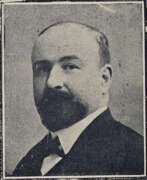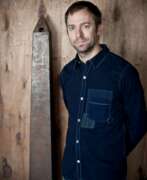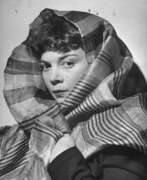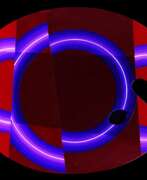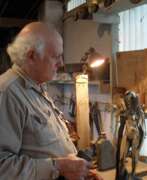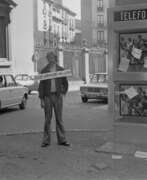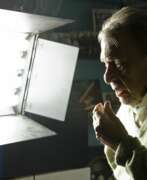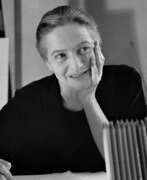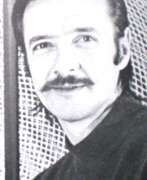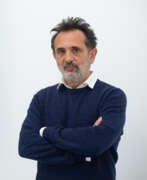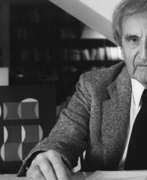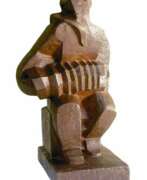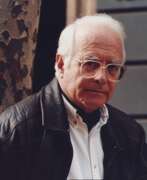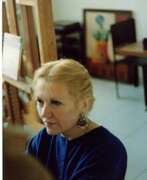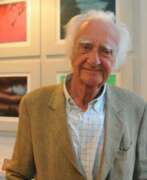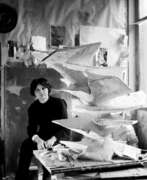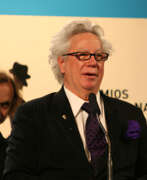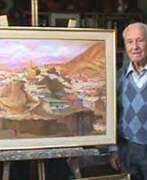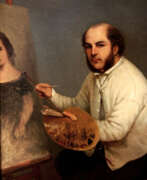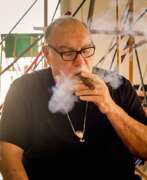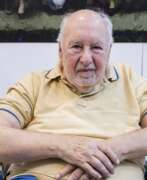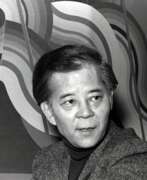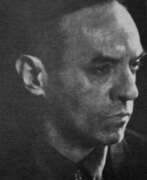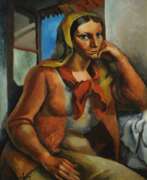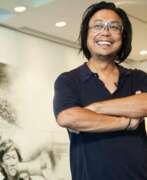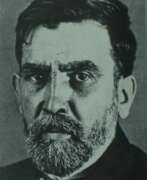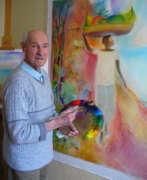Argentina
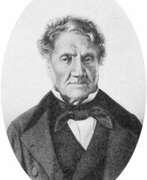

Aimé Bonpland, born Aimé Jacques Alexandre Goujaud, was a French and Argentine natural scientist, traveler, physician, and botanist.
Bonpland became famous for his participation in an expedition to the Americas. Together with the explorer Alexander von Humboldt, he traveled through much of the American territory, from Cuman to the United States, passing through Colombia, Ecuador, Peru, Mexico, and Cuba, in addition to Venezuela. In all these places he did a great deal of botanical work, describing and collecting six thousand species of American plants, many of which were new. The scientist made them known in Europe after his return in 1804, publishing several scientific papers. Four years later, Bonpland was appointed botanist of the Empress's Garden.
After more years, he returned to Buenos Aires and continued numerous botanical, zoological, and medical studies in various regions of South America. Bonpland sent plants to the Museum of Natural History in Paris and maintained correspondence with its naturalists.
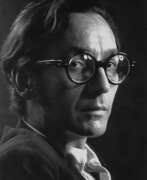

Jorge de la Vega was an Argentine painter, graphic artist, draftsman, singer, and songwriter.
Although de la Vega studied architecture in Buenos Aires for six years, he then became self-taught as a painter. From 1961 to 1965 he was a member of the art movement called Nueva Figuración. During his involvement in this movement, he became a member of the Otra Figuración group. In the final years of his career and life he wrote and sang popular protest songs which expressed his humorous view of the world. In addition to museums in Argentina, his works hang in the Phoenix Art Museum, the Museum of Modern Art in Rio de Janeiro, Brazil, and the Art Museum of the Americas at the OAS in Washington, DC.
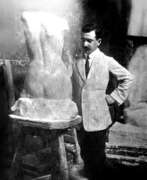

Ángel María de Rosa was an Argentine sculptor and philanthropist.
As a teenager he entered the Society for the Encouragement of Fine Arts in Buenos Aires, and then transferred to the Bon Marché Academy of Art. He then travelled to Italy, where he studied at the Florence Academy and at the Institute of Fine Arts in Rome.
In 1943, he donated most of his own works, as well as much of the art that Ángel María de Rosa had collected in Europe, to his hometown, which led to the creation of the Municipal Museum of Fine Arts of Junín.
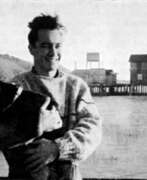

Esteban Fekete was a Hungarian, German, and Argentine painter. He worked and experimented in different techniques - color woodcuts, oil paintings on canvas, wood or organelite. In his paintings we see the world of people, animals and their environment.


Lucio Fontana was an Argentine-Italian artist known for his pioneering work in the field of Spatialism, an artistic movement that explored the relationship between space and art.
Fontana studied sculpture at the Academy of Fine Arts in Milan, Italy. In the 1940s, he began experimenting with a technique he called "Spatial Concept," in which he punctured or cut holes into the canvas to create a sense of depth and dimensionality.
Throughout the 1950s and 1960s, Fontana continued to explore the possibilities of Spatialism, creating works in a variety of media, including sculpture, ceramics, and painting. One of his most famous series of works is the "Tagli" (Cuts), which consist of monochromatic canvases with one or more slashes or punctures.
Fontana's work had a significant influence on the development of the Arte Povera movement in Italy, as well as on the development of Minimalism and Conceptual Art. He exhibited his work widely in Europe and the United States, and his legacy continues to be celebrated by artists and critics today.
Fontana's innovative approach to art and his exploration of the relationship between space and form continue to be a source of inspiration for artists working in a wide range of media.
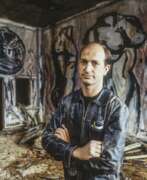

Luis Frangella was an Argentinian figurative post-modern painter and sculptor associated with the expressionist painting of the Lower East Side of New York City in the 1980s. He received a Guggenheim Fellowship in 1982.
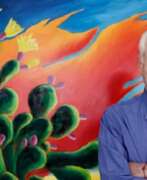

Nicolás García Uriburu was an Argentine contemporary artist, landscape architect, and ecologist. His work in land art was aimed at raising consciousness about environmental issues such as water pollution.
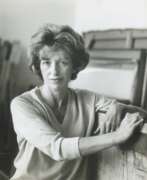

Sarah Grilo was an Argentine painter who is best known for her abstract gestural paintings. Married to the artist José Antonio Fernández-Muro, she lived in Buenos Aires, Paris, New York and Madrid.
She is considered one of the most important Latin American artists of the 20th century.
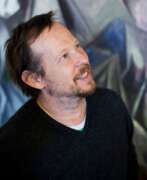

Guillermo Kuitca is an Argentine artist, who continues to work and live in Buenos Aires. Kuitca's work has been shown extensively around the globe, and is included in many important public collections. Kuitca represented Argentina at the 2007 Venice Biennale. Recurrent themes of travel, maps, memory, and migration can be found in Kuitca’s work. He won the Konex Award from Argentina in 1992 and 2002.
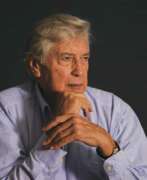

Julio Le Parc, an Argentine artist born in 1928, is celebrated for his significant contributions to modern op art and kinetic art. Educated at the School of Fine Arts in Argentina, Le Parc is a founding member of the influential Groupe de Recherche d’Art Visuel (GRAV) and has received numerous accolades for his work, cementing his status as a key figure in Argentine modern art.
Le Parc's art is renowned for its interactive nature, inviting viewers to experience his works through light, movement, and perception, rather than through narrative or representational content. His piece "Light in Movement" (1962), for example, uses painted drywall, mirrors, stainless steel, nylon thread, and spotlights to create an immersive environment of reflected and refracted light, exemplifying his focus on the sensory experience. Other notable works include "Celule Avec Luminere un Vibration" (1968), which employs light projections to create rhythmic patterns that immerse the viewer in a sensorial experience.
Le Parc's explorations extend to various series such as the "Alchemy" and "Modulation" series, where he experiments with elements like water and light to investigate movement and perception. "Alchemy 175" and "Alchemy 216," from 1991 and 1992 respectively, reflect his fascination with the transformative properties of water and light, while "Modulation 1160" (2004) is recognized for its illusion of motion, showcasing Le Parc's continuous innovation.
Julio Le Parc's works have been exhibited globally, including at prestigious venues like the Perez Art Museum Miami and the Serpentine Sackler Gallery, among others, highlighting his international acclaim and influence.
For those intrigued by the immersive and interactive qualities of Julio Le Parc's art, subscribing for updates on new product sales and auction events related to his works can offer exclusive insights and opportunities to engage with the artist's pioneering contributions to kinetic and op art.


Benito Quinquela Martín was an Argentine painter. Quinquela Martín is considered the port painter-par-excellence and one of the most popular Argentine painters. His paintings of port scenes show the activity, vigor and roughness of the daily life in the port of La Boca.
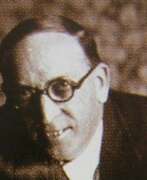

Achille Lucien Mauzan was a renowned French artist, notably recognized for his influential work as a decorative illustrator during the Art Deco movement. Born on the French Riviera, Mauzan moved to Italy in 1905 and later divided his time between Milan, Paris, and Buenos Aires. He was not only an illustrator but also dabbled in painting and sculpting. His education at the École des Beaux-Arts in Lyon, France, set the stage for his vibrant career.
Mauzan's work is particularly distinguished by its humor and use of brilliant colors. He produced over 2,000 posters and more than 1,000 postcard images, marking a significant contribution to advertisement and event promotion during his era. His posters, especially for the Italian film industry and later for the music publishing company Ricordi, showcase a unique blend of artistic flair and commercial appeal. In 1924, Mauzan co-founded the Mauzan-Morzenti Agency in Milan, further cementing his role in the field of advertising art.
His time in Argentina, from 1926 to 1932, was particularly fruitful. He established the "Affiches Mauzan" publishing house, where many of his most acclaimed works were created. Mauzan's influence extended beyond commercial art, as he also designed several war posters, including an adaptation of the famous Lord Kitchener poster.
Mauzan's legacy in poster art, particularly in Argentina, was profound, and his reputation in the field remains substantial to this day. His works are a testament to the vibrant and dynamic nature of early 20th-century commercial art, bridging humor, vivid imagery, and artistic elegance.
For collectors, auctioneers, and experts in art and antiques, Achille Lucien Mauzan's works represent a unique blend of Art Deco design and commercial artistry. To stay informed about sales and auction events related to Achille Lucien Mauzan's works, consider subscribing for updates. This way, you will remain updated on new opportunities to acquire pieces from this remarkable artist's portfolio.
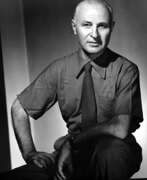

Emilio Pettoruti was an Argentine painter, heralded as a pioneer of abstract art in South America. Born in La Plata, Argentina, in 1892, Pettoruti was self-taught, drawing inspiration from his surroundings and experiences from an early age. His artistic journey took him to Italy in 1913 on a government scholarship, where he immersed himself in the avant-garde movements of Europe, notably Futurism, and interacted with key figures of the time such as Pablo Picasso and Juan Gris. This European sojourn significantly influenced his artistic direction, introducing him to synthetic cubism, futurism, and the early Renaissance painting, which he would later blend into his unique style.
Pettoruti's work, especially post his return to Buenos Aires, scandalized and fascinated the Argentine public in equal measure. His avant-garde cubist exhibition in 1924 marked a pivotal moment in Argentine art, challenging traditional concepts and inviting viewers into a dialogue with the new and modern. He frequently depicted musicians and harlequins, using these figures to explore themes of anonymity, cultural identity, and the essence of human expression. Through his abstract compositions, Pettoruti conveyed a sense of rhythm and movement, often incorporating elements of light as a tangible presence within his works. Notably, his Copa series and later abstract works exemplify his mastery of form, color, and light, showcasing a progression towards complete abstraction.
Among Pettoruti's significant works are "El Sifón" (1915), "La Grotta Azzurra di Capri" (1918), and "Quinteto" (1927), with many held in prestigious collections, including the Museo Nacional de Bellas Artes in Buenos Aires. His artistic legacy is a testament to his role as a critical figure in introducing and establishing avant-garde art in Latin America.
For those intrigued by Emilio Pettoruti's groundbreaking work and wish to explore more about his contributions to modern art, signing up for updates can provide exclusive insights into upcoming sales and auction events dedicated to his art. This subscription offers a unique opportunity for collectors and experts in art and antiques to stay informed about the vibrant legacy of Pettoruti's work.
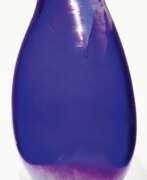

Alejandro Ruiz is an Argentine artist, industrial designer, interior architect and educator.
Alejandro Ruiz graduated in industrial design at UNLP in La Plata, Argentina. He has taught classes at the Domus Academy, where he received his Master's degree, and at the Faculty of Architecture of the Technical University of Milan. At Studioruiz, a company he founded himself, he has worked with various internationally renowned brands.
Alejandro Ruiz has participated in many interior design and architecture events and exhibitions in Italy, France, Finland, Germany, Japan, the Netherlands, England and the USA. In 1994, together with Anna Lombardi, he created the Lessdesign brand, whose aim was to develop industrial projects. The designer has been involved in packaging, interior, store, event and exhibition design at Studioruiz.
